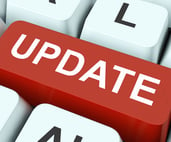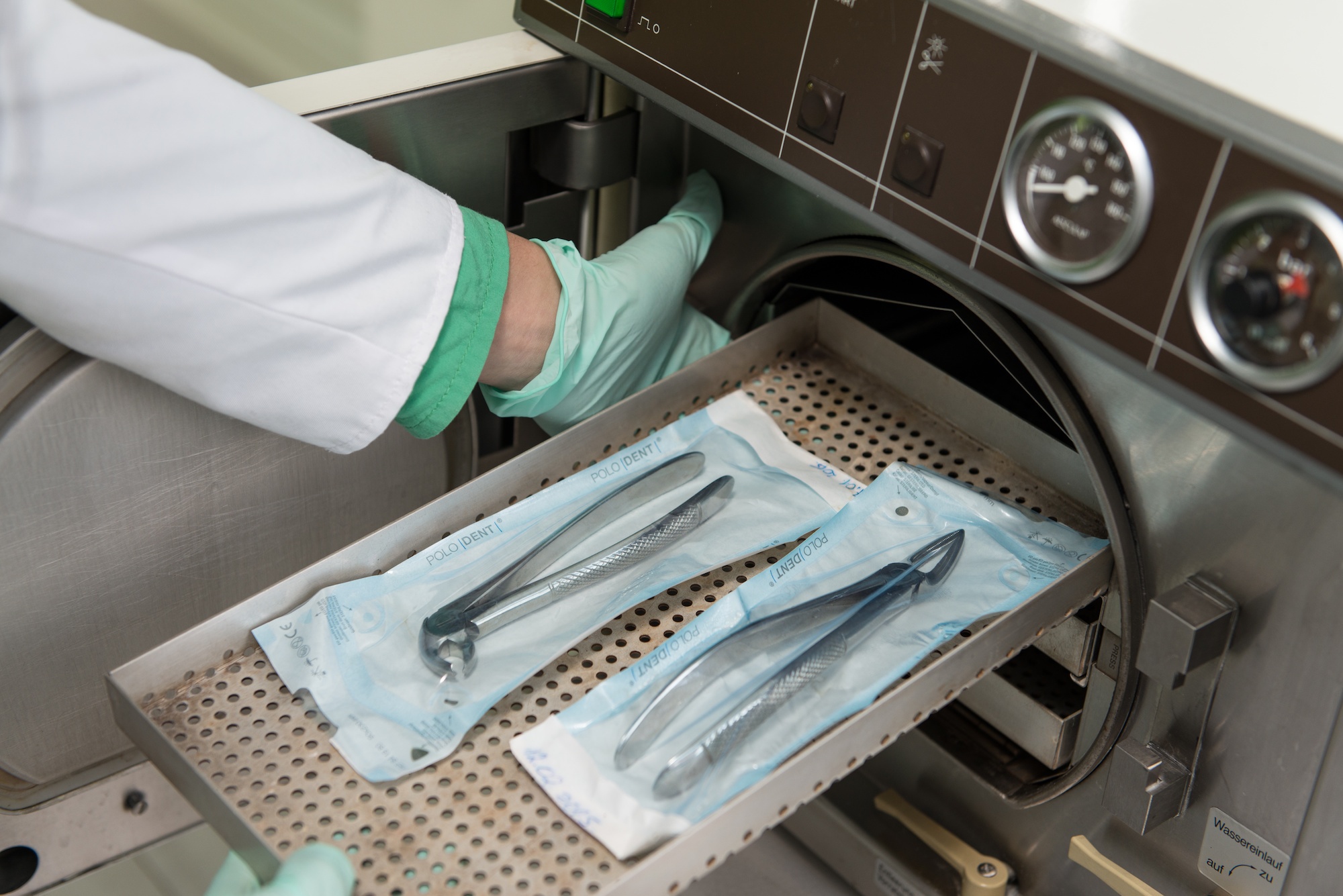Learn how to ensure your ophthalmic centre complies with AS4187
 On the 15th December last year, a new version of AS/NZS 4187 was released. The standard is complex and there is so much to understand. There are many requirements. So what can you do to ensure your ophthalmic centre is compliant?
On the 15th December last year, a new version of AS/NZS 4187 was released. The standard is complex and there is so much to understand. There are many requirements. So what can you do to ensure your ophthalmic centre is compliant?
Probably the first thing is to have an understanding of what the new standard brings to the table.
Possibly the only way to have peace of mind that your practice is in compliance with the standard, is to have the required procedures in place and keep the called for documentation.
When it comes to proving compliance, proof of process is everything.
Section 2 of the standard - Quality Management - details the documentation requirements of the standard.
Using Section 2 as the framework for designing a compliant system is a great place to start and will give you some comfort regarding compliance. So let's take a closer look at Section 2 and what that means.
AS4187 Policies and Procedures
The previous standard was quite general in its requirements for what policies and procedures should be kept. Stating only that:
‘Policies and procedures for all activities in the processing of items shall be documented, and records maintained and reviewed at frequent intervals and dated.’
The 2014 standard however is very specific and details a mandatory minimum set of policies and procedures. You will already be acquainted with some of the policies.Health and safety will be familiar to you as you would already be keeping these for your legislative and quality management requirements.
However, there are a number of significant additions that you will need to comply with:
Addition 1
Validation and requalification of cleaning, disinfecting and sterilizing processes including the rationale used to assign a particular RMD to a specific product family and processing category.
Of particular interest here is the reference to a rationale to assign Reusable Medical Devices (RMD’s) to product families. Product families are a new addition to AS4187. For an Ophthalmic Surgery though, this should not be an insurmountable task because being so specialist, you have a limited amount of instrument sets. Possibly you’re entire RMD asset may fall in 2 or 3 product families.
Addition 2
Routine monitoring and control of cleaning, disinfecting and sterilizing processes.
The new standard brings with it a mandatory requirement to keep policies and procedures for cleaning and disinfecting of RMD’s. This can pose an issue for Ophthalmic Surgeries in particular for a couple of reasons.
- Typically ophthalmic surgeries are challenged for space and a lot of the time the wash and sterilization areas are immediately adjacent to the procedure room and the processing is generally performed by the same person who assists in the surgical procedure. The wash area can be a small room at the rear of the procedure room with barely enough space for a sink let alone a clipboard containing forms for keeping wash records. Not to mention it’s not ideal having to use a pen and paper in a wet dirty area
- Quick turnaround. Ophthalmic surgeries generally have quick turnaround times between procedures. A cataract procedure for example can take less than 15 minutes and having to fill out additional documentation puts more pressure on staff in order to maintain existing turnaround times.
Addition 3
Traceability Records and high level chemical disinfection.
As mentioned above, policies need to be kept, but the standard also has very specific minimum mandatory traceability requirements for disinfection and the following records must be documented:
- Type of RMD
- Unique ID of the RMD
- Date of cleaning and the person responsible
- Identification of the person who connected the RMD to the AER or manual immersion of the RMD
- Identification of automated equipment’s used
- Process cycle number and date
- Documented evidence of the attainment of process parameters.
Addition 4
RMD Product Release
Before RMD’s can be used in a procedure, they must be signed off in order to validate that the cleaning, disinfection and sterilization processes have been completed to the specifications and all required parameters have been met. Only then can the RMD’s be released.
‘An RMD shall not be released from reprocessing until all acceptance criteria for release of the RMD have been met.’
Conclusion
Because of the space constraints and quick turnarounds between procedures typically experienced by Ophthalmic Surgeries, keeping and maintaining all the new mandatory documentation may be quite a challenge. Maintaining the current levels of productivity may also be challenging and staff may feel added pressure as a result.




